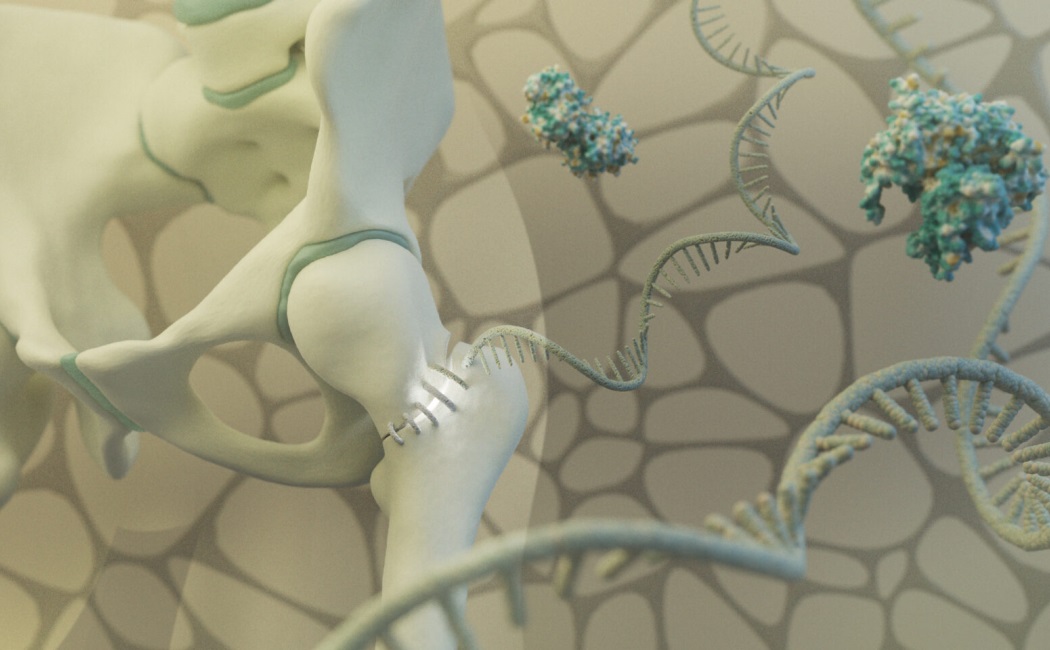
Ancient RNAs kickstart bone repair
06 August, 2024
Around half of the human genome is composed of DNA fragments originating from ancient viruses. These “transposable elements” (TEs) are now known to play various roles in modulating gene expression and disease development. Now, an international team led by KAUST researchers has shown that a common transposable element called LINE-1 RNA plays a positive role in triggering bone repair, with potential applications in treating osteoporosis and many other diseases.
“Once termed ‘junk DNA,’ scientists thought that TEs were irrelevant or even harmful,” says research scientist Arianna Mangiavacchi at KAUST, who worked on the study with faculty member Valerio Orlando and co-workers. “However, many positive roles for TEs are now being uncovered, and our work on bone repair adds new knowledge to this field.”
Mangiavacchi and Orlando’s research focuses on aging processes and how the body responds to environmental stressors over time. Scientists know TE levels increase as people age, but their roles in tissue health are poorly understood. Previous work by Mangiavacchi and co-workers suggested a link between LINE-1 RNA activity and bone health, so the team sought to verify the mechanisms at play.